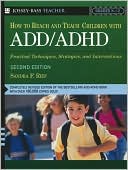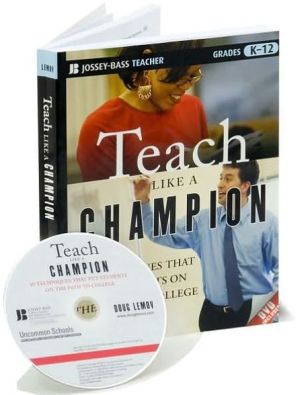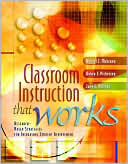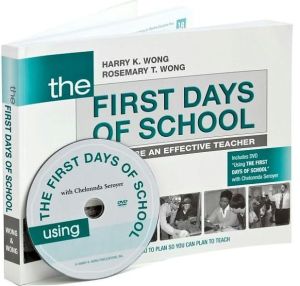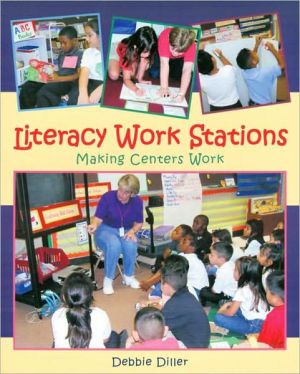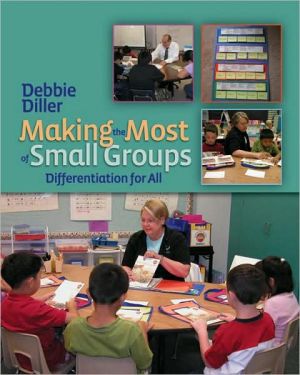How to Reach and Teach Children with ADD/ADHD: Practical Techniques, Strategies, and Interventions
Search in google:
This text offers information on improving the academic, behavioral, and social performance of children suffering from this neurobehavioral disorder. In 35 sections, Rief (educational consultant, author, and speaker) makes use of case studies and interviews in her coverage of such topics as preventing behavioral problems, learning styles, medication and its management, cooperative learning, and relaxation techniques. This second edition offers new content on medications, case studies, documentation, placement, and model programs. Designed for teachers, counselors, and psychologists. Annotation ©2004 Book News, Inc., Portland, OR
Pt. 1Key information for understanding and managing ADHDSect. 1.1Understanding attention-deficit/hyperactivity disorder3Sect. 1.2Making the diagnosis : a comprehensive evaluation for ADHD23Sect. 1.3Multimodal treatments for ADHD29Sect. 1.4Medication treatment and management35Sect. 1.5Do's and don'ts for teachers and parents43Sect. 1.6Critical factors in the success of students with ADHD49Sect. 1.7ADHD and social skills interventions55Sect. 1.8ADHD in preschool and kindergarten63Sect. 1.9ADHD in middle school and high school75Pt. 2Managing the challenge of ADHD behaviorsSect. 2.1Classroom management and positive discipline practices97Sect. 2.2Preventing or minimising behavior problems during transitions and less structured times115Sect. 2.3Individualized behavior management, interventions, and supports119Sect. 2.4Strategies to increase listening, following directions, and compliance139Sect. 2.5Attention!! : strategies for engaging, maintaining, and regulating students' attention145Pt. 3Instructional and academic strategies and supportsSect. 3.1Reaching students through differentiated instruction165Sect. 3.2Multisensory instruction171Sect. 3.3Reaching students through their learning styles and multiple intelligences181Sect. 3.4The advantages of cooperative learning for students with ADHD195Sect. 3.5Organisation, time management, and study skills207Sect. 3.6Learning strategies and study skills223Sect. 3.7Writing and reading challenges for students with ADHD233Sect. 3.8Written language strategies, accommodations, and interventions : pre-planning/organizing, handwriting, assistive technology241Sect. 3.9Strategies for building written expression and editing skills253Sect. 3.10Reading strategies and interventions : building decoding skills, vocabulary, and fluency261Sect. 3.11Reading comprehension strategies and interventions273Sect. 3.12Mathematics : challenges and strategies285Pt. 4Personal stories and case studiesSect. 4.1A parent's story : what every teacher and clinician needs to hear313Sect. 4.2Case studies and interventions (Adam and Vincent)327Pt. 5Collaborative efforts and school responsibilities in helping children with ADHDSect. 5.1Teaming for success : communication, collaboration, and mutual support361Sect. 5.2The role of the school's multidisciplinary team373Sect. 5.3School documentation and communication with medical providers and others385Sect. 5.4Educational laws and rights of students with ADHD395Sect. 5.5Innovative collaborative programs for helping children with ADHD407Pt. 6Additional supports and strategiesSect. 6.1Stress reduction, relaxation strategies, leisure activities, and exercise425Sect. 6.2Music for relaxation, transitions, energizing, and visualisation431
